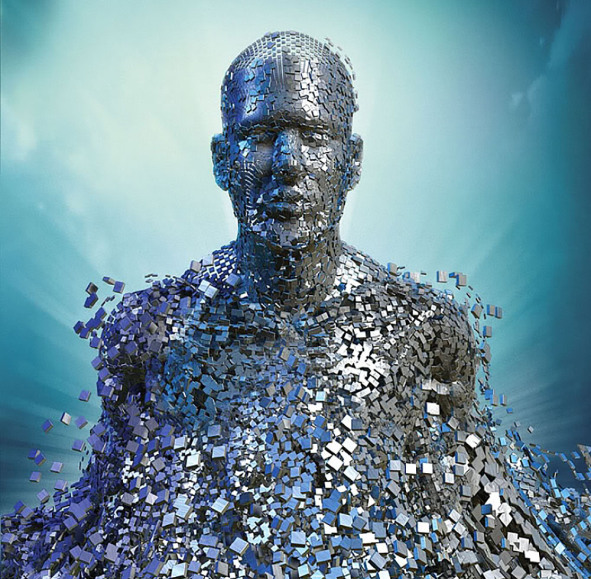Look at pictures of your parent's house as compared to yours. It's a bit cluttered but in essence not a lot different, is it?
Not as many electrical points.
It's tempting to assume that, like the bicycle, we've got there. We know how to make the ideal person-cave.
Not at all. We're in the interregnum while they figure out programmable matter: self-reconfiguring smart dust, computronium.
You know, like how the Terminator gets smashed up, then flows like a black fluid back into .. the Terminator.
The house of the future. It's made of smart matter - tiny programmable components which attach to each other to form chairs, tables, rugs, pictures and screens. We sometimes call computers a case-study of 'deferred design'; the future dwelling is deferred décor.
Your apartment will simulate any reality by creating smart-dust avatars (telepario) with the floor, walls and ceiling showing synthesised scenes. VR without the helmets.
You might still run into the walls, though. Much better to directly stimulate the brain. Emulate all sensory inputs and interpret all effector outputs in a totally simulated environment.
How many SF stories have we read with that theme? The slippery slope to the prospect of the brain in a vat, so unsettling at the end of Dan Simmons's spooky 'Flashback'.
We're living the transitional decades, waiting for AI, nanotech, genomics, neuroscience and materials-tech to catch up. The world will then lurch to a very different place.

No comments:
Post a Comment
Comments are moderated. Keep it polite and no gratuitous links to your business website - we're not a billboard here.